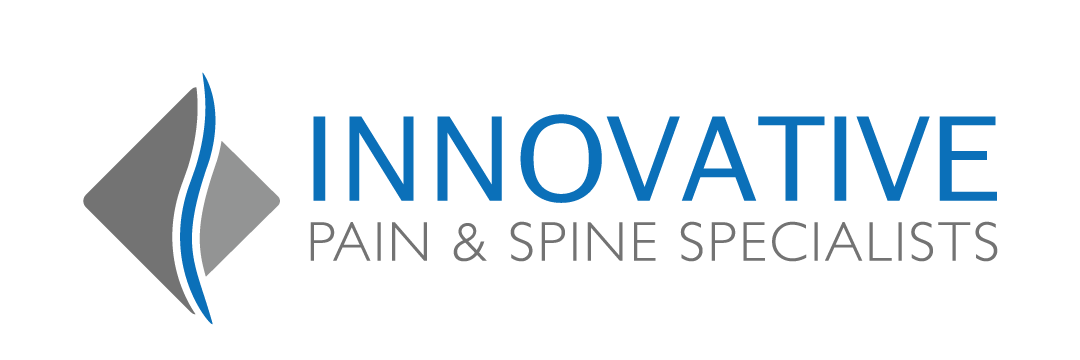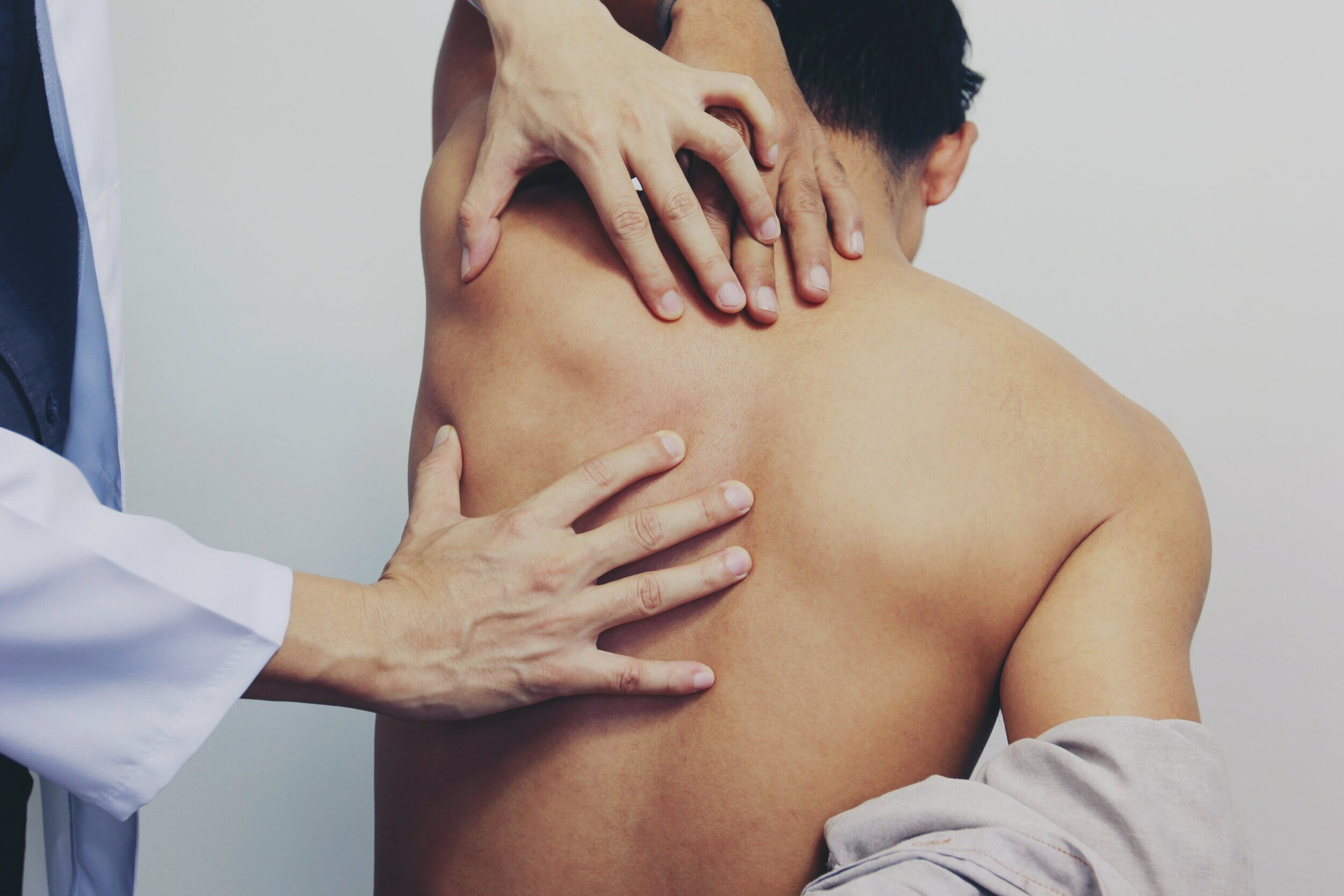Headaches
No matter who you are, where you live or what you do, you almost certainly experience at least one headache a year – 95% of women and 90% of men do. It’s one of the most common reasons that people decide not to go to work.
Headaches may occur when you have some type of disorder: a hangover, a cold, kidney or liver disease, medication repetition, sinus trouble, dental problems, a head injury, brain tumor, neurologic disorder, or difficulty with your vision.
Chronic primary headaches, however, are a disease all their own. They are often triggered in normally healthy people by stress, emotional factors, foods or odors, fumes in the environment, menstrual periods, or even a change in the weather. These types of headaches affect over 50 million people in the United States. Most people think there are only two types of headaches: the normal headache and the migraine. However, there are more than just those two types. The pain medicine providers at Innovative Pain & Spine Specialists in Lincoln and Omaha, Nebraska treat all types of chronic headaches.
Types of Headaches
The first, and most common, type of headache is the tension headache. This is by far the most common type and affects 75% of all people with headaches. Odds are, you’ve probably had one of these headaches in the last year. You will feel a steady pain, usually in the back of the head and along the sides of the neck.
The migraine headache affects around 25 million Americans – roughly 18% of all women and 6% of all men suffer from these painful headaches every year. Vulnerability to these headaches is usually inherited, so if any member of your immediate family suffers from migraine headaches, odds are you might as well. Most migraines cause an extremely painful throbbing on one side of the head. These headaches can also cause nausea and vomiting, as well as sensitivity to noise and light. Sufferers of migraines often seek out a dark and quiet room during an attack. Just minutes before a migraine hits, your body often sends a warning with symptoms that vary – flashing lights, trouble speaking, or an awareness that something is wrong. Most people don’t experience this warning signal.
The cluster headache is more of a variant of a headache than a completely different type. They’re not nearly as common as the migraine and are usually found in men who smoke or drink heavily. They are called cluster headaches because, after the first one starts, they keep coming back for weeks and even months. Most of the attacks don’t last more than a few hours and are associated with severe pain in one eye which may water and become inflamed. The nose is also usually stuffy as well. During a cluster, each headache tends to strike at the same time of day as the last. More often than not, these headaches occur during nighttime hours.
The final type of headache is known as the rebound headache. If you have any one of the three types of headaches listed above, you might develop what is known as a rebound headache. If you become dependent on painkillers for stopping those painful headaches, the medication may interfere with your body’s own mechanisms for controlling pain. As soon as the first dose of medicine wears off, the headache comes roaring back and you need more painkillers to make the headache go away. As the painkiller is withdrawn, the body can’t cope with this and the headache bounces back, demanding relief. Similarly, rebound headaches may also occur secondary to caffeine withdrawal.












